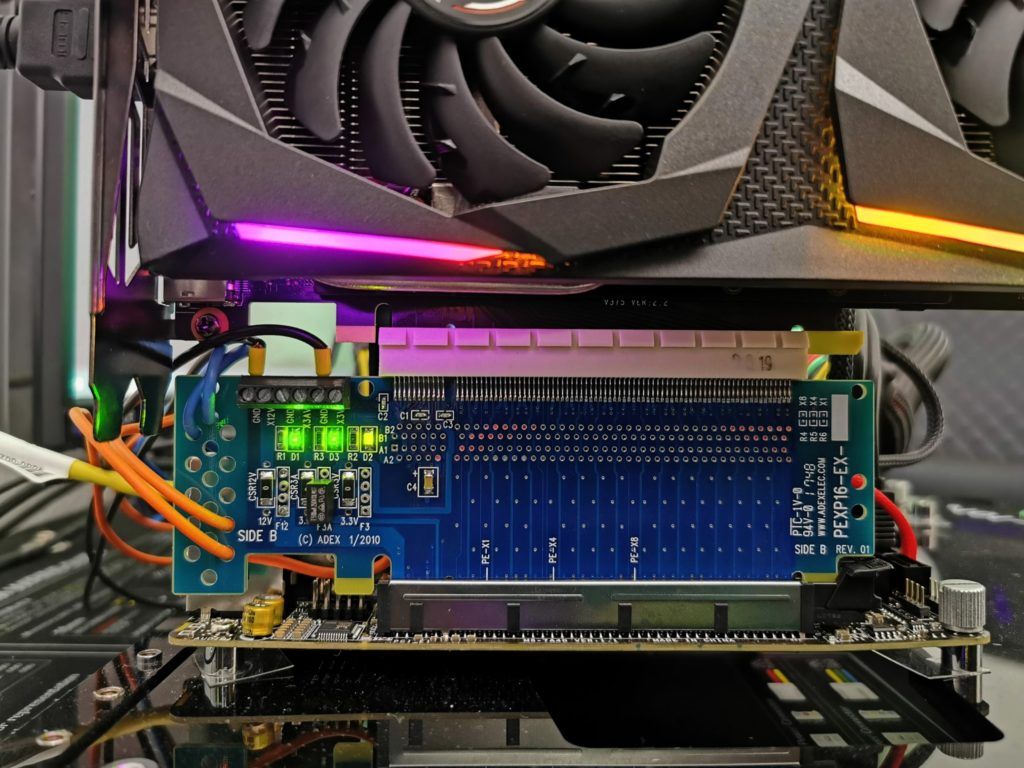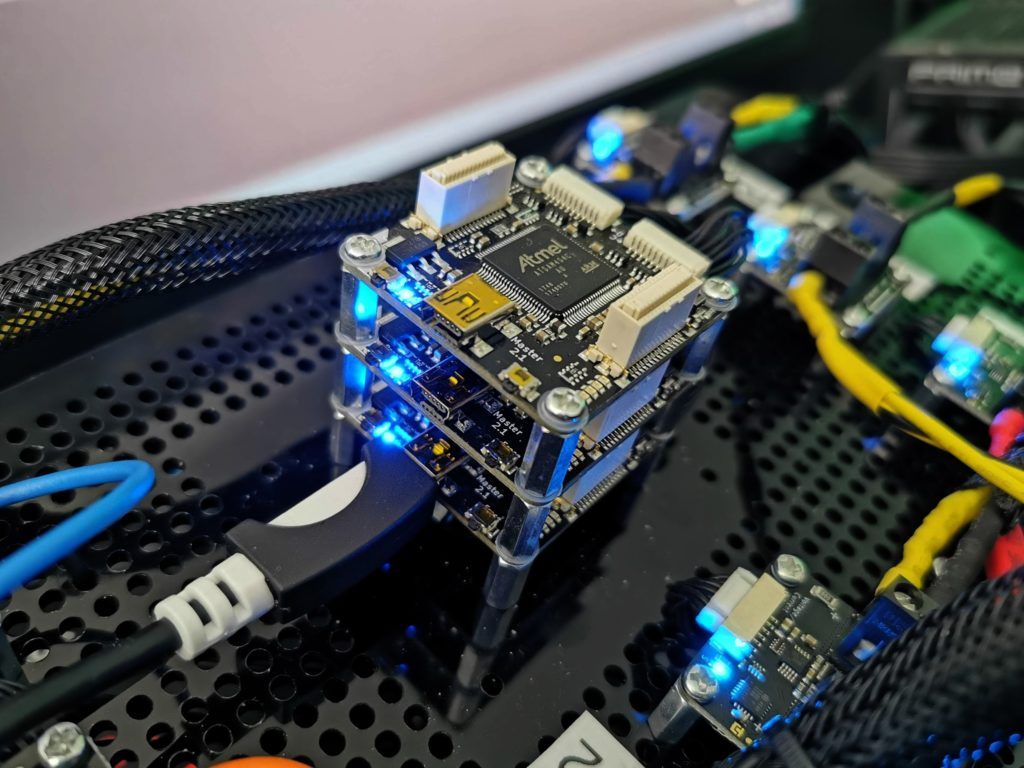The usual thought process towards "a lot helps a lot" when considering the performance of a power supply cannot be maintained in our case. As always, a good balance is important. First, you should rate the spikes in the power consumption of modern graphics cards exactly for what they are: a challenge to the quality of a power supply and not to its maximum wattage. If you are aware of unnecessary surprises and, if necessary, wanting to protect long-term damage is no more, but no less necessary. And the falling efficiency in idle oversized power supplies is not negligible either. So what should an optimal power supply for current, high-performance graphics cards be able to do and how should it be measured?

In addition to the needs of the rest of the system, the average power consumption under load over a certain period of time is solely decisive for the selection of the power supply power, not the peak values that occur for a short period of time. If you then have a stress test in the sum of all components at around 75 percent utilization, the optimal line window should be hit well. With regard to the quality of the components used, it is already becoming more interesting: because we emphasize once again that in relation to the graphics card problem, it is not (only) company names that matter, but primarily on the practicality of the actual assembly and the actual properties of the respective capacitors on the secondary side.
The flat-rate statement that would be installed entirely of Japanese capacitors is nice for marketing, but usually doesn't help at all. This is where the spikes we measured come into play, which also determine the consistency of the supply and the durability of the components.

Conclusion
If you measure a lot, you can also learn a lot. This will probably be remembered forever as a very personal conclusion after this most interesting year. After many direct contacts with graphics card and power supply manufacturers, discussions in the respective development departments and also visits to the factories themselves, an image has slowly but continuously emerged that has helped me personally to To sharpen attention to many problems as well as to better recognize and understand many connections.
The cooperation with the measuring instrument manufacturer then did the rest to find the causes. I would therefore like to take this opportunity to thank all those involved in this journey once again. It is definitely no shame to benefit from the knowledge of third parties – but certainly not to ask out of false vanity.
It would certainly also be helpful in this context if the power supply reviews did not rely exclusively on Chroma protocols and ohmic loads, but would also generate the same spikes as the real existing technology does. At the latest then, even such enigmatic and hardly measurable things, such as lost PowerGood flags from the motherboard, will finally be a thing of the past. Because one thing is also certain: many apparently unexplained power supply failures or system shutdowns actually have a very simple cause: the extremely fast changing load peaks and their non-consideration in the power supply design and its assembly with functional components, as well as the incorrect selection of the power supply model used.
In short: After now 6 (!) Years ago, I finally got to where I actually wanted to be after a few weeks. This was, of course, a proper illusion in hindsight, but the arduous journey up to that point was also an incentive and basis for many of the insights gathered at the side about interesting interactions that would otherwise never have been encountered.
We would therefore like to make graphics card manufacturers, power supply providers and also the reviewers a little more aware of the problems that have been identified – we certainly thank the end user and readers.
- 1 - Einführung und Projektvorhaben
- 2 - Grafikkarten und die Tricks mit der Leistungsaufnahme
- 3 - Leistungsaufnahme-Messung: Benötigte Technik
- 4 - Leistungsaufnahme-Messung: Praktische Umsetzung
- 5 - Radeon R9 295X als Netzteil-Killer? Myth busted!
- 6 - AWG was? Kabelsalat und Gegrilltes vom Chefkoch
- 7 - Schalten und Walten - Wir schauen ins Netzteil
- 8 - Bad caps, good caps? Die Mär vom japanischen Drachen.
- 9 - Zusammenfassung und Fazit
































Kommentieren